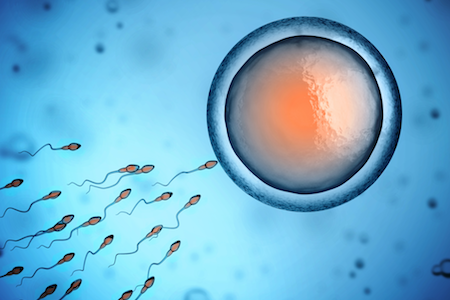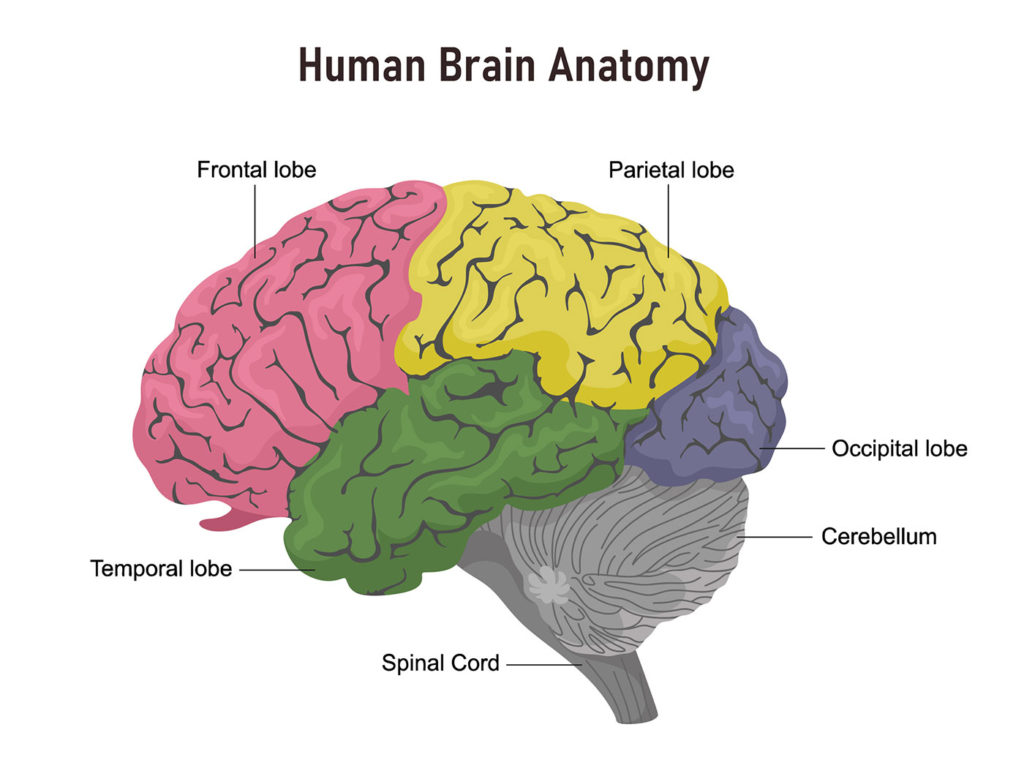The Developing Sense of Self: Psyche, Soma and Stillness (pt 1)
In the previous posts we have been exploring ways to find/feel/embody the components of the psyche that fall under the category of ego or self-sense. These I – me – mine patterns of mind activity (citta vrttis) have their origins in infancy and continue to develop and strengthen through childhood and on into adulthood.
The ego structures themselves are actually quite necessary for our navigating the world of time, space and forms, and only become a problem when their root assumptions about self and reality are flawed and their functioning becomes chaotic or stuck. Because the imprinting onto the ego of the cultural conditioning known as parenting and socialization is so powerful and mostly unconscious, discovering and healing these flaws is highly challenging. However, if we can discover the deeper pre-cultural, pre-conditioned roots of the ego structures and learn how they might function in a more healthy manner, we can find ways for healing and continued growth. This takes us to embryology, somatic intelligence and the origin and nature of all forms.

Studying the universe by observing the macrocosm through telescopes, the cellular realms with microscopes, and the microcosmic level of atoms molecules and smaller particles through particle accelerators, clearly demonstrates the essence of all forms, including life, is dynamic fluidity and impermanence.
Forms arise, remain relatively stable in their outer expression amidst the continuous internal changes, and eventually break down into smaller forms or dissolve into pure energy. Birth and death are a continuous and intertwined dance throughout the cosmos. Through meditation we discover this same truth at the psychological and emotional levels as well. Thoughts, sensations and emotions arise, and in time their transient nature is discovered. As we learn to rest in meditation, the unchanging primordial stillness that is the source and support of all forms may reveal itself as our own True Nature.
Resting as primordial stillness is mentioned by Patanjali in sutra I-3 and the goal-less goal of the direct path practices in Buddhism such as Dzogchen, mahamudra and shikantaza (just sitting). The reality is that much preparatory work is necessary before ‘resting as Stillness’ can become a ‘stable knowing’ and that is where our work with the egoic structures can be very helpful. Knowing Stillness comes through knowing birth, death and impermanence, and when our egoic structures learn how to dance with the cosmic music, we can let go into eternity .
The Vedic culture of India expresses the cosmological processes of birth and death clearly and elegantly in their sacred trinity, the Divine Beings Brahma, Vishnu and Shiva. The cosmic role Brahma, the creator, is to bring forms into being, from sub atomic particles to galaxies, from butterflies to human thought. Vishnu, the preserver, is in charge of sustaining the existence of all forms throughout their allotted time period. Then Shiva, the destroyer, comes along and dissolves the form back into mystery.
As we dive more deeply into our somatic forms and explorations, we find the sacred process of creating, sustaining and dissolving in the embryological development of an infant. Here biological structures emerge and dissolve along as fluids, tissues and cells slowly complexify and grow to create a unique human being. By studying this somatic process we can discover insight into how our egoic structures might evolve into healthy expressions of the psyche.

At conception, the merging of egg and sperm, the yin and yang of life, gives birth to an ongoing and complex dance of development, growth and learning, through molecules, cells, organs and organ systems.
All forms arising throughout creation follow the Taoist dance of yin and yang. By definition, forms are yin, with yang supporting as the shadow or hidden dimension. All movements, whether arising, stabilizing or dissolving are yang, with the yin supporting in the background. Healthy forms exhibit both yin stability and yang flexibility. In unhealthy forms, stability becomes stuckness, stagnation or rigidity, and flexibility degenerates to chaos and disorganization.
Early on in embryological development, forms arise and dissolve. Not all of the cells arising after conception become part of the fetus. Some become part of a protective shell (the zona pellucida) that breaks open and dissolves after two or three days, ‘hatching’ the inner cells. The ball of inner cells is still not exactly the embryo. It eventually implants into the uterine wall and some of the cells become the placenta, some the amniotic cavity, and the rest the embryo itself. At birth the amniotic cavity and the placenta are released and the infant emerges.

The developing embryo also gives birth to transient structures. The kidneys, as seen to the right emerge in three overlapping phases. The original protonephrons are no longer necessary when the mesonephrons appear and they degenerate and dissolve. As the metanephric structures appears, to become the mature kidneys, the mesonephrons are slowly dissolved. Quite amazing!
By the end of the first trimester the yolk has disappeared, having given birth to the early digestive system and the vitelline circulation has been taken over by the heart-body circulation. At birth, the most of the umbilical arteries and veins become obliterated and become ligaments, while others are taken over by the heart-body circulatory system. Also, at birth, a new circulatory system comes on line when the lungs become engaged with breathing and the heart begins to pump blood through them. The conception vessel in the Microcosmic Orbit carries the memory of these older circulatory patterns and they make a wonderful somatic exploration that we will pick up in the fall session of Embodying Presence.
For every unique soul-being this dance of stability, adaptability and change continues through embryological development and birth to the grave, and beyond through other evolutionary cycles of birth and death. Of crucial importance to note for our inquiries into soma and psyche is that in the early stages of embryological development there is no brain. The body knows itself as a vibrant open space with moving fluids embodying and carrying the cosmic intelligence that governs growth and development and transformation of the cells, tissues, organs and organ systems. The fluid, cellular somatic intelligence is available to us now, in our practice and lives if we can only learn to find, feel and nurture it. But we have to ‘bypass thought’ through deep listening to do this.

By birth, the brain has become the dominant modality of knowing and cellular intelligence recedes into the unconscious. Most of the physiological structures have completed their differentiation, are outwardly stable (the liver remains the liver) and continue to grow in size into adulthood.
Within the stability of form, impermanence continues as cells and tissue infrastructures (fascial configurations) continuously wear out and die to be replaced by new ones. This physiological intelligence, the body ‘knowing itself’, continues to govern the flow of aliveness but remains unconscious and unseen.
At birth, with the infant’s physiological separation from the mother, new psychological and emotional structures we collectively call ego begin to emerge as patterns of mind-body activation. A key component of the ego structures are the boundaries between self and other. On the most tangible level of reality, the boundaries are obvious. A tree is a tree, a rock is a rock. If we are hungry, watching someone else eat is not going to satisfy our hunger. All expressions of the world of form can be differentiated from each other in some way.
As living organisms, we do not want to become one with the traffic as we attempt to cross the street. On a more subtle level, as infants and young children, we want to be developing a more clear sense of what emotions and thoughts are our own and which belong to our parents. Psychic/emotional boundaries are necessary to help us clarify our individuality and authenticity while surviving in a complex and challenging world.
This emergent process of individuating is complex and challenging as we also want to be able to dissolve our ego boundaries and merge with other beings in a state of shared love and wholeness. This skill allows us to feel and sustain deep connections to other beings and the fullness of creation while simultaneously retaining our own authenticity and capacity to be at home with the innate alone-ness of our inner world.
Ideally, the embryological dance of dissolving (yin) and re-configuring (yang), even though unconscious, can continue to inform and shape the evolution of the ego structures and boundaries of the self as we move through life. Mental and spiritual health involves the dance of adaptability, stability and impermanence.
However, the reality is that because the brain has become the dominant mode of knowing, the cellular/fluid intelligence is soon overridden. The brain absorbs the cultural coding and patterning known as parenting and socialization and these become the dominant force on the developing ego structures. Thus, they can easily become stuck in dysfunctional and pathological patterns.
Because fundamentally, all forms are emergent expressions of impermanence, the capacity to dissolve and recreate boundaries is natural. In other words, the boundaries do not have to be solid, fixed or permanent but can actually be both stable and in constant flux, as are any and all aspects of creation.

We can see that a tree has boundaries and is differentiated from the world around it. That tree! But, because of our culturally conditioned blindness, we do not see the flow of energy, minerals and nutrients, from the sun, air, soil and waters, moving through the tree and back out again.
We miss the role of the birds and squirrels, insects and lizards that are a crucial components of the ecosystem that nurtures the tree. Any tree can be differentiated, but never separated from its environment. And that environment extends from the earth to the sun, the galaxies and the Cosmos as a whole.
Differentiated is another way to say unique. Every expression of Divine Creation is unique, never seen before its emergence, unique in all the stages of its life journey, and never to be seen again after its dissolution. In the world of the living, this is true for individuals as well as species. The most important quality of uniqueness is authenticity, the capacity to be fully and honestly yourself, with all of our human imperfections, without needing to pretend to be someone or something else, no matter what outer pressures may be arising. Psyche and soma, rooted in stillness, expressing the moment, just as it is. No more, no less.
Humans seem to be the only species that has a major problem with authenticity and this comes back to how we create, sustain and confuse the role of the ego boundaries and build a world view from this distorted perspective. We will continue this story in the next post.









